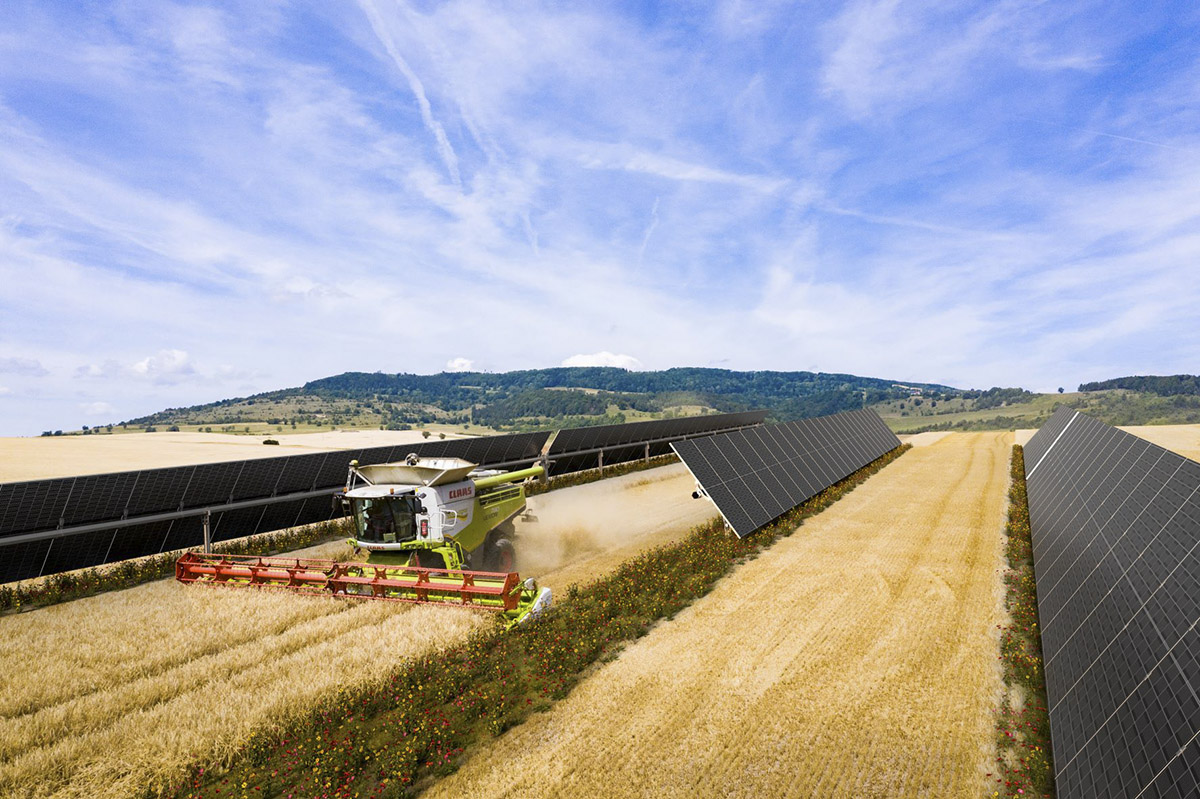Anders Lorenzen: Finding optimism post COP26
By Anders Lorenzen

Anders Lorenzen.
Anders Lorenzen, the man behind A greener life, a greener world, a blog listed among Vuelio’s Top Ten Green Blogs in 2018, takes a look at the potential of consigning fossil fuels to history and reaching net-zero targets. His message is one of hope rather than despair.
For the first time ever in the 27-year history of UN climate talks, at COP26 fossil fuels were mentioned in the final agreement. This shows that we are getting nearer to consigning the fossil fuel industry to history, even though there’s still a long way to go.
Of those fossil fuels, coal will be the first to go. Many countries around the world have signed agreements to phase it out, led by European countries and the US. Even though the wording of the Glasgow Climate Pact was watered down in the 11th hour from phasing-out to phasing-down coal, the direction of travel is clear – coal is on the way out. Only three major countries seem to continue to be embracing the controversial energy source; India, China and Australia.
Concerned activists, climate advocates and climate-vulnerable countries acknowledged some progress, but said that the agreement goes nowhere near far enough. Depending on what data set you read, based on current pledges we are on course for 2.4 or 1.8°C of warming – still some way off the now universally agreed target of 1.5. But we have moved the goalposts significantly from the Paris Agreement in 2015 when we were then on course for 3.5°C of warming.
A guide to the direction of travel
It would be a mistake to assume that the full and final solution to the climate crisis should only be found at the UN climate talks. Perhaps more accurately, the talks work as guidelines to the direction of travel. When planning for the future, governments, businesses and even individuals know it is both planetary and economic suicide not to ease reliance on fossil fuels and other heavy carbon products.
But while focusing on big polluters and large companies heavily invested in fossil fuels to argue that capitalism as one of the creators of the climate crisis has no role in tackling it, might make for dramatic headlines, it is plain and simple the wrong conclusion. It is ignoring thousands of companies around the world who in the last five years alone have made huge advances in cleantech and energy economies.
How far we have come since Paris
When the Paris Agreement was celebrated in 2015, no one was talking about hydrogen as a climate solution, the idea of net-zero targets had not been invented, and offshore wind power was mainly a European venture. Though we must acknowledge that there are huge challenges – not least making sure that hydrogen is produced in a carbon neutral way – hydrogen has since emerged as a key climate solution, especially when it comes to decarbonising industries such as shipping and aviation, as well as heating. In the past few years, we have seen several hydrogen initiatives emerging, like the project in Denmark where large companies in a mixture of industries such as Scandinavian Airlines (SAS), Maersk and Orsted are collaborating.
Making plans for a zero-carbon world
While it is important to be aware of greenwash tactics, countries, businesses and organisations have been busy setting net-zero targets. These might not be perfect, but they’re at least starting to make plans for a non-fossil-fuel industry world. But even though we are racing ahead to accelerate the clean energy and tech economy of the future, many analysts argue that this will not be enough, we still need to remove carbon from the atmosphere. While some NGOs and activists decry these technologies as a scam and unproven technology, it would be wrong to dismiss them.
One company that has gained a lot of traction is the Swiss company Climeworks, which has installed a facility in Iceland that will suck CO2 from the atmosphere. While this pilot project only sucks out a fraction of the CO2 needed to make any serious contribution, scaling up of this technology and rapid commercialisation will be fascinating to follow in the coming years.
When we discuss climate change, we talk about targets based in the future such as 2030, 2035 and 2050, but we view what is possible based on today’s technology capacities. But in this space particularly, innovation and advancements are moving faster than most sectors. While we shouldn’t become complacent and should not solely rely on technology to fix the climate crisis, looking at the last decade’s achievements and innovation in the clean energy and tech space ought to fill us with hope rather than despair.
Subscribe to Our Newsletter
Receive our monthly newsletter by email





